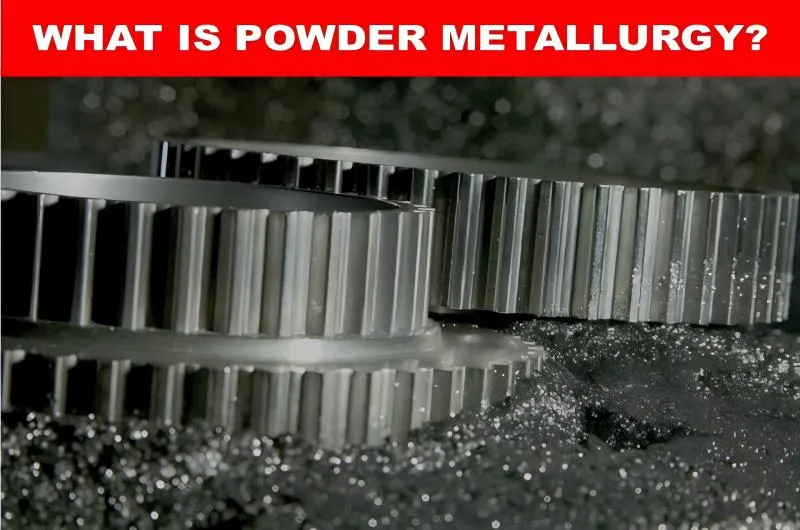BY  GENN
GENN
2024/08
Blog
Is Silicon Metal Powder Worth The Money?
Silicon, represented by the chemical symbol Si, is a metalloid element renowned for its semi-conductive properties. It is the second most abundant element in the Earth’s crust, primarily found in the form of silica (silicon dioxide) in quartz and sand.
Understanding Silicon Metal Powder
Silicon metal powder is characterized by its distinct chemical and physical properties. Chemically, silicon metal is valued for its high purity, which is crucial for its effectiveness in electronic and photovoltaic applications.
The purity of silicon metal powder is typically measured in terms of percentage silicon content, with high-purity grades exceeding 99.9% silicon. This high level of purity ensures minimal contamination in semiconductor devices and solar cells, where even trace impurities can affect performance.
Physically, silicon metal powder is distinguished by its particle size and morphology. The powder can range from fine to coarse particles, with sizes carefully controlled during production to meet specific application needs.
The morphology of the particles—whether spherical, irregular, or crystalline—affects the powder’s flowability, density, and compaction characteristics, which are crucial for its application in different sectors. These properties make silicon metal powder versatile and adaptable for various uses.
The types of silicon metal powder available include high-purity and standard-grade powders, each suited to different applications. High-purity silicon powder is predominantly used in semiconductor manufacturing and photovoltaic cells, where superior electrical properties are essential.
In contrast, standard-grade powders are used in less demanding applications, such as in the production of silicon-based alloys and as fillers in construction materials. Understanding these types helps in selecting the appropriate powder for specific industrial needs.
Market Demand and Supply Dynamics
The market for silicon metal powder is influenced by several key trends, including the surge in electric vehicle (EV) production and the expansion of renewable energy technologies. The automotive industry’s shift towards electric vehicles has increased demand for silicon in battery technology and lightweight components. Silicon’s role in enhancing battery performance and vehicle efficiency makes it a crucial material in the green transition of the automotive sector.
Similarly, the growth of renewable energy technologies, particularly solar panels, has driven demand for silicon metal powder. Silicon‘s fundamental role in photovoltaic cells, which convert sunlight into electricity, underscores its importance in the renewable energy sector.
As the world moves towards more sustainable energy solutions, the need for high-quality silicon powder is expected to rise, reflecting the broader trends in energy and technology. Key players in the silicon metal powder industry include major manufacturers and suppliers operating globally.
These companies are concentrated in regions with significant industrial infrastructure and access to raw materials, such as China, the United States, and Brazil. Understanding the dynamics of these key players and regional production hotspots provides insights into market stability and potential supply chain issues.
Cost Analysis of Silicon Metal Powder
The cost of silicon metal powder is influenced by several factors, including raw material prices and energy consumption. The primary raw material, silica sand, undergoes a complex reduction process in electric arc furnaces, which requires substantial energy input.
Fluctuations in energy prices can thus impact the overall cost of silicon metal powder. Additionally, the cost of raw materials like silica sand and carbon can affect production expenses.
Compared to alternative materials used in similar applications, such as aluminum or copper, silicon metal powder presents advantages and challenges. For instance, while aluminum is often used in lightweight applications and copper in electrical conductors, silicon offers unique benefits in terms of thermal and electrical properties.
Analyzing these alternatives helps in understanding the relative cost-effectiveness of silicon metal powder, considering its specific advantages and limitations. Evaluating the cost-effectiveness of silicon metal powder involves a comparison of its applications and benefits.
Despite potentially higher initial costs, silicon’s performance in critical applications such as semiconductors and solar cells can justify the investment. The long-term benefits and enhanced functionality of silicon metal powder in high-tech and sustainable technologies often outweigh its costs.
Applications and Benefits of Silicon Metal Powder
Silicon metal powder is indispensable in the electronics industry, where it plays a crucial role in semiconductor devices and solar cells. In semiconductor manufacturing, silicon’s semiconductor properties enable the production of microchips and integrated circuits that power modern electronics. Additionally, silicon’s role in photovoltaic cells enhances solar energy conversion efficiency, making it vital for renewable energy technologies.
In the automotive sector, silicon metal powder contributes to the development of lightweight components and advanced battery technologies. Silicon’s properties improve the performance of electric vehicle batteries, offering greater energy density and longer lifespan.
Furthermore, silicon’s use in lightweight materials helps in reducing vehicle weight, leading to improved fuel efficiency and lower emissions. The construction sector also benefits from silicon metal powder through its use as an additive in concrete and other building materials.
Silicon enhances the strength and durability of concrete, providing improved performance and longevity. This application is especially valuable in construction projects requiring high-performance materials that withstand environmental stress and load-bearing demands.










